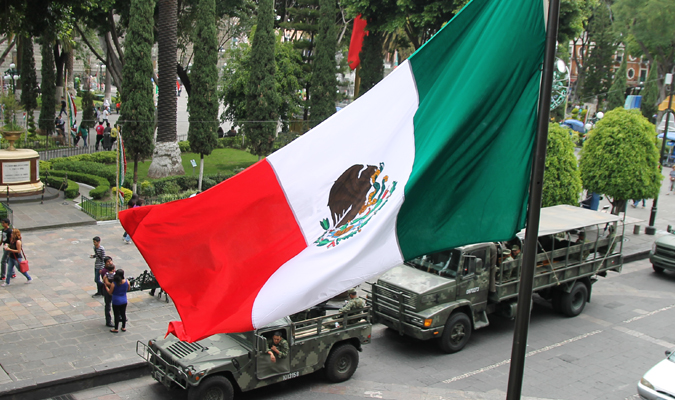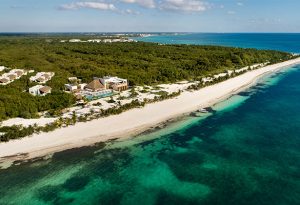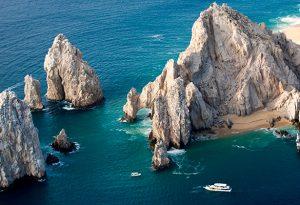Mexico has made headlines recently as citizens in the nation’s capital and Guerrero state have openly protested, expressing their dissatisfaction with the government’s handling of the disappearance of 43 Mexican students in the southwestern state of Guerrero. Government complicity in the disappearance along with new revelations of corruption at the highest level of President Peña Nieto’s administration related to awarding of government contracts and dubious multi-million dollar real estate deals has Mexican citizens up in arms and taking to the streets to let the world know.
So what does that mean for the safety of travelers in Mexico? Well, more than the majority of protests are peaceful, filled with people from all ages and backgrounds chanting “No violencia, no violencia” (“No violence, no violence”). While there is no doubt travelers will see references of current events (banners and signs), the most affected areas are the towns in Guerrero where the students disappeared. In Mexico City, although there have been many demonstrations, they have been very peaceful. Less than 1% of participants from the marches behaved disorderly and it has not affected visitors or tourist activities, outside of traffic being heavier than usual.
At Journey Mexico, we always have our clients best interests and safety in mind and we pride ourselves as an on-the-ground resource for the current state of affairs in Mexico. Below is an interview with Zach Rabinor, Journey Mexico’s CEO and Founder, on his view on the current situation of safety in Mexico:
How has your business been affected by fears of violence in Mexico and are these fears justified?
“We definitely saw a drag on growth from safety and personal security concerns stemming from negative media coverage between 2009 – 2013. That said, we still achieved growth, but had to work 3x as hard for it!
Risks to travelers visiting Mexico’s touristic destinations has not increased, nor have travelers been targeted or affected. The violence associated with narcotraffic and organized crime has been limited to intra cartel violence and geographically focused around main trafficking coredors most notably the border cities of Tijuana, Nogales, Ciudad Juarez, and Reynosa.”
Are there regions to be avoided and others that are safe to visit? (Where?)
“Outside of the aforementioned border regions, and specifically speaking about Mexico’s main tourist destinations, there is no increased risk to travelers. Specific regions (and behaviors) to be avoided are well laid out in the US Government’s Travel Warnings for Mexico.”
What steps does your company take to make guests safer and what steps should visitors take themselves?
“We are on the ground and have local intelligence about any threats and increased risks to the routes and regions where we operate. We also educate the travel industry and public as to safety conditions on the ground on our blog and monthly newsletters. My advice to travelers to protect themselves is to stay away from hot spots as per the travel warning and avoid establishments frequented by organized crime: strip clubs, brothels, certain after hours bars. Working with a travel professional will ensure that travelers are in the right place at the right time and that they avoid any areas of risk.”
What are some safe, appealing destinations and activities in Mexico now?
“Baja California Sur, Copper Canyon, Puerto Vallarta, Punta de Mita, Sayulita, Oaxaca, Chiapas, Yucatan, Campeche, Cancun, Riviera Maya, and Tulum are all safe for travelers.”






